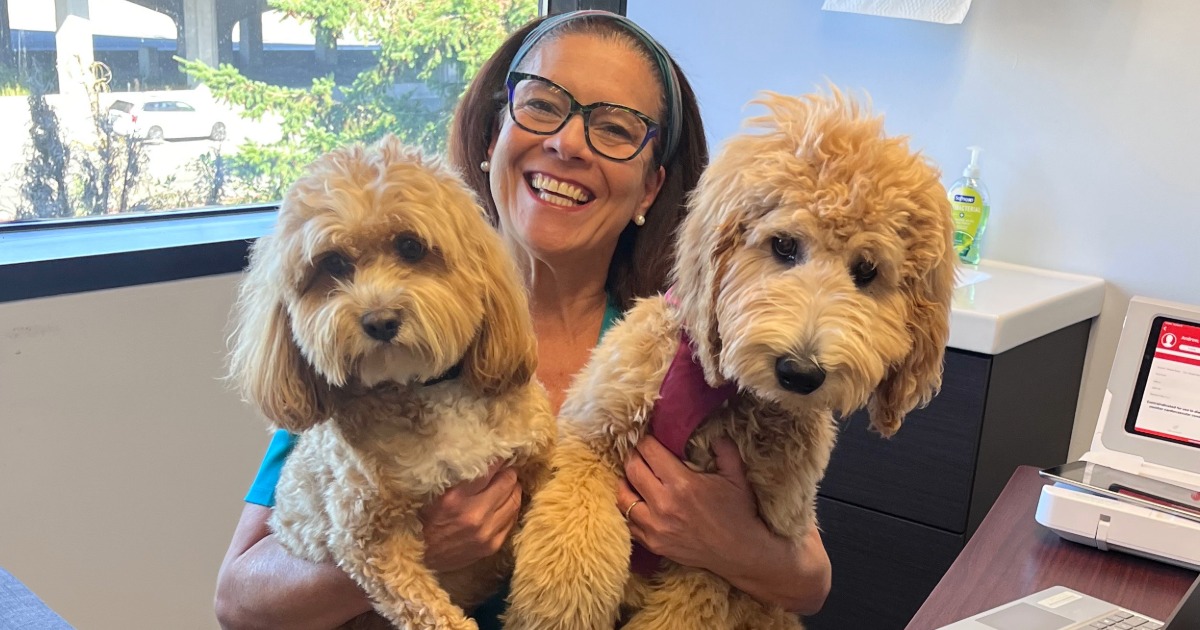
Dr. Rishi Khakhkhar, chief medical officer at Counsel Health
Photo: Dr. Rishi Khakhkhar
With the global telehealth market expected to reach $455 billion by 2030, and more telemedicine companies emerging by the day, it's going to take innovation and quality for organizations delivering virtual care to thrive. (Though it should be noted that telemedicine is again at risk in the United States if the government shutdown occurs this week without lawmakers extending telehealth reimbursement flexibilities.)
The first iteration of telemedicine took office-based visits and made them audio/video. Then came innovations like teleradiology and telepathology. And then a direct-to-consumer virtual care market opened up.
Today, with artificial intelligence designed for doctors and patients, this explosive technology can act as a team member – freeing physicians to focus on care and ensuring timely, cost-effective treatment, said Dr. Rishi Khakhkhar, chief medical officer at Counsel Health, vendor of a physician-led, AI-native, asynchronous care platform. He also is an ER physician.
Healthcare IT News sat down with Khakhkar to discuss shortfalls of telemedicine he sees as the technology and service exist today, the next wave of telemedicine and solutions to the shortfalls it may bring, the role of artificial intelligence in the evolution of telemedicine, and what ER physicians need from telemedicine and how new innovations in the technology will help them.
Q. Success stories in telemedicine have been plenty since the COVID-19 pandemic began. But you say telemedicine is not quite meeting the patient where they are. What do you see as shortfalls of telemedicine as the technology and service exist today?
A. COVID-19 accelerated telemedicine adoption in a way that overstated the true advances in virtual care delivery. The positive impact of that acceleration was that patients very quickly adopted virtual care technologies, and to this day, many patients prefer virtual to in-person care. However, our care models haven't adapted as fast as patients have.
The mistake that many virtual care programs make is to simply take existing in-person clinic visits and replace them with synchronous, remote video visits. While this gives some added convenience to patients – for example, reducing their commute time – it is far from a revolutionary advancement in care.
The problem here is not that the technology hasn't advanced enough, or that patients aren't willing to try new things – it's that existing providers, health systems and reimbursement structures are still stuck in a visit-centric world.
Q. You talk about the next wave of telemedicine, which I presume addresses these shortfalls you identified. Please talk about this next wave and the solutions to shortfalls you see it bringing.
A. The next wave of virtual care will move beyond simply taking existing in-person care processes and putting them on Zoom. Instead, we'll imagine new ways for physicians, patients and their health data to virtually interact.
We'll move beyond an either/or attitude toward virtual and in-person care – instead, we'll do both/and. Virtual care does not replace in-person care. It complements and augments it to make physical touchpoints less frequent but more effective.
We'll also move beyond a one-size-fits-all approach to care modality and instead match the modality to the care need. At Counsel, we've gone all-in on messaging as the care modality of the future. Messaging-first care allows for lighter, more frequent touchpoints between patients and doctors.
This allows for greater connectivity during high-risk periods in a patient's life – like just after hospital discharge, or when adjusting a new medication – while preserving synchronous or in-person visit time for more complex patients who truly need it.
Q. What is the role of artificial intelligence in the evolution of telemedicine and how will it interweave with virtual care?
A. AI, more than any technology since the internet, levels the playing field between doctors and patients. These models excel at explaining medical jargon in plain language and absorbing and synthesizing large amounts of information – in short, they are very good at tasks that used to be considered the untouchable realm of the doctor.
The successful virtual care models of the future will integrate AI instead of fighting it. At Counsel, our approach is to take the best of AI – its accessibility, its patience, its facility with varying levels of health literacy – and put it in an environment where it is built and overseen by physicians, while making sure a real doctor is no more than a click away.
Q. You are an emergency room physician by trade. Please talk about what ER physicians need from telemedicine and how new innovations in the technology will help them.
A. First responders and emergency departments served as the first line of defense in the COVID pandemic. Unfortunately, the shuttering of inpatient beds has made ER overcrowding worse than ever. We need robust, high-quality virtual care to provide alternatives, so our ER nurses and doctors can focus on the acutely ill patients who truly require in-person resources.
I'm hopeful that technology – along with forward-thinking clinicians and regulators – can allow innovative care models to sprout up and unburden our physical care infrastructure. It's what our patients deserve.
Follow Bill's health IT coverage on LinkedIn: Bill Siwicki
Email him: bsiwicki@himss.org
Healthcare IT News is a HIMSS Media publication.
WATCH NOW: Virtual health produces outcome differences


